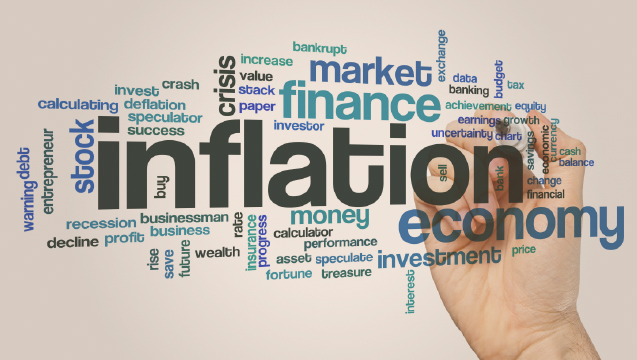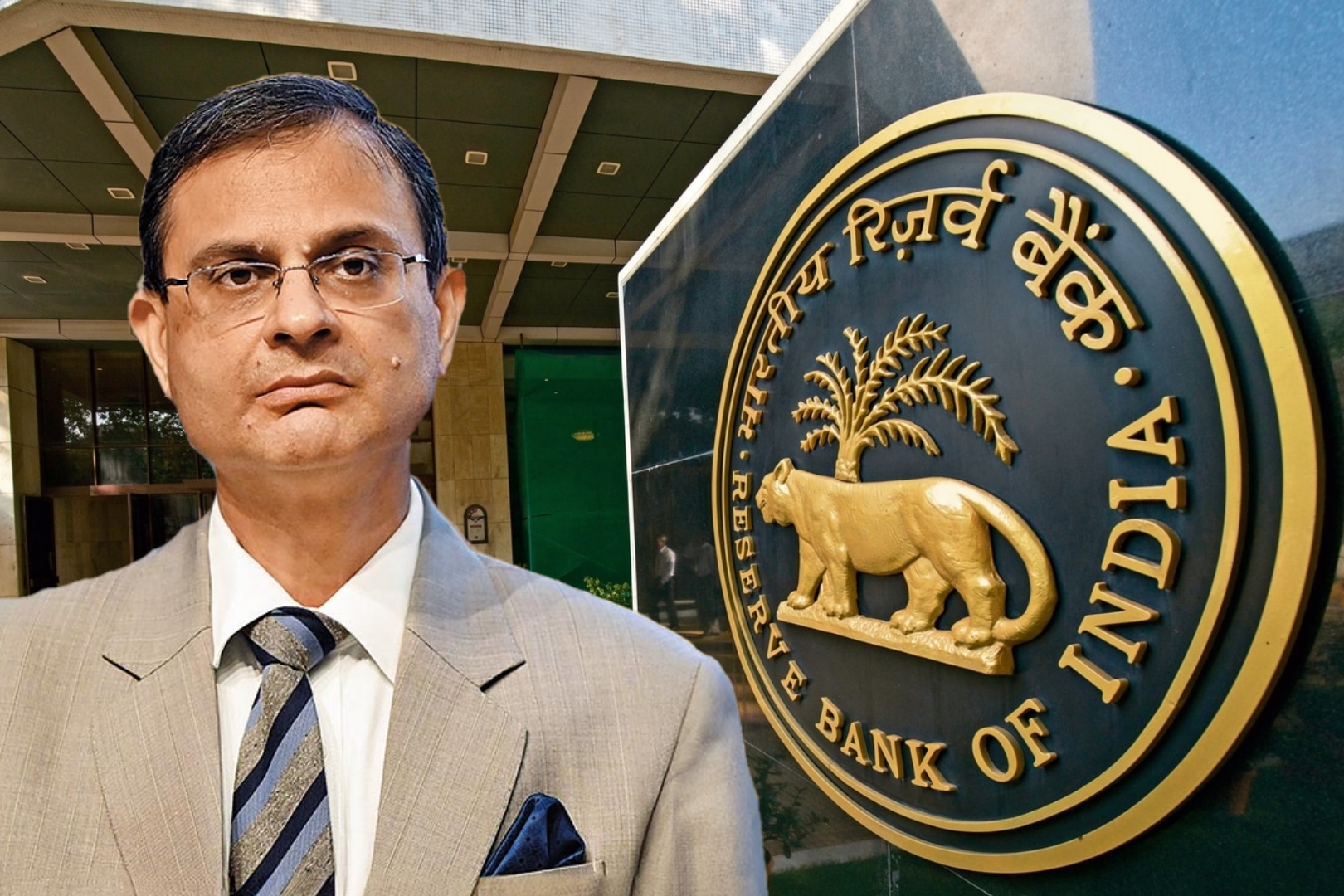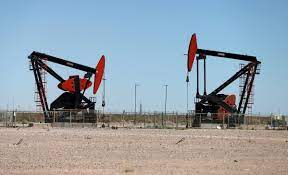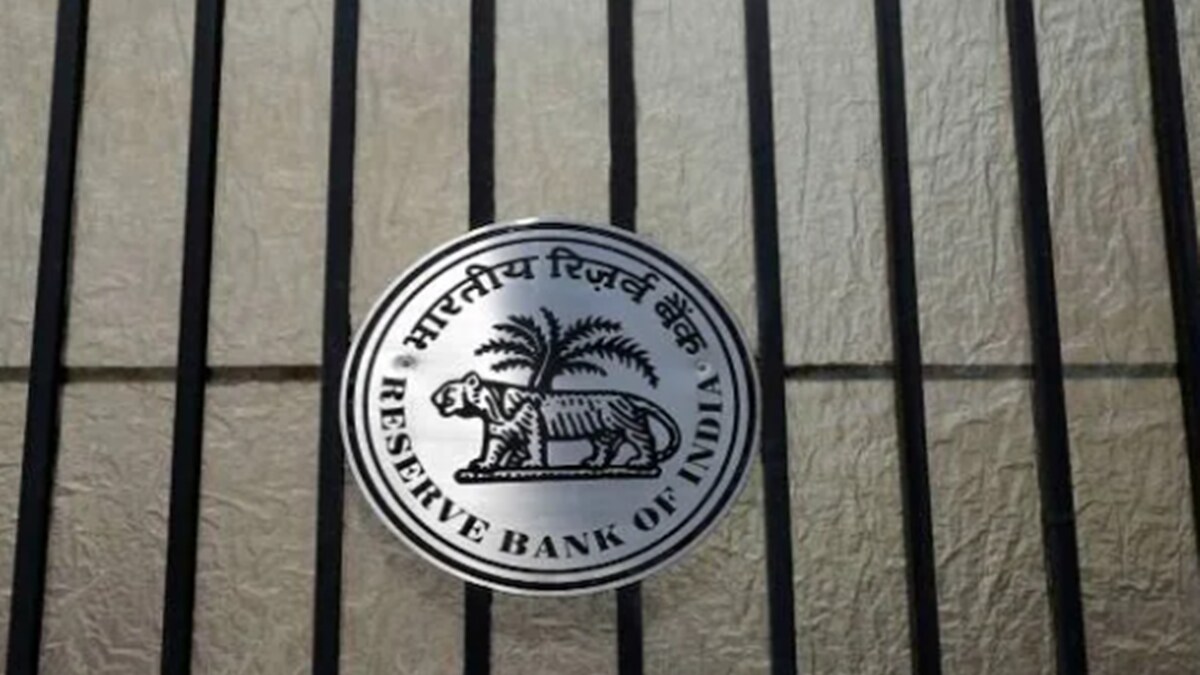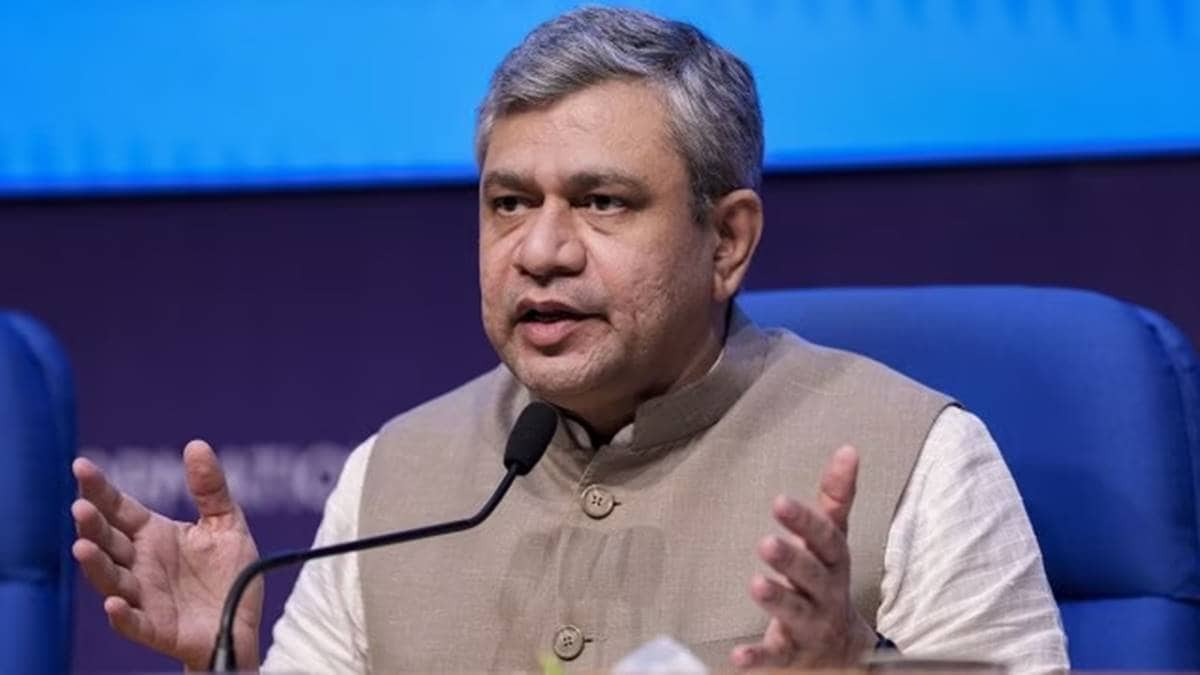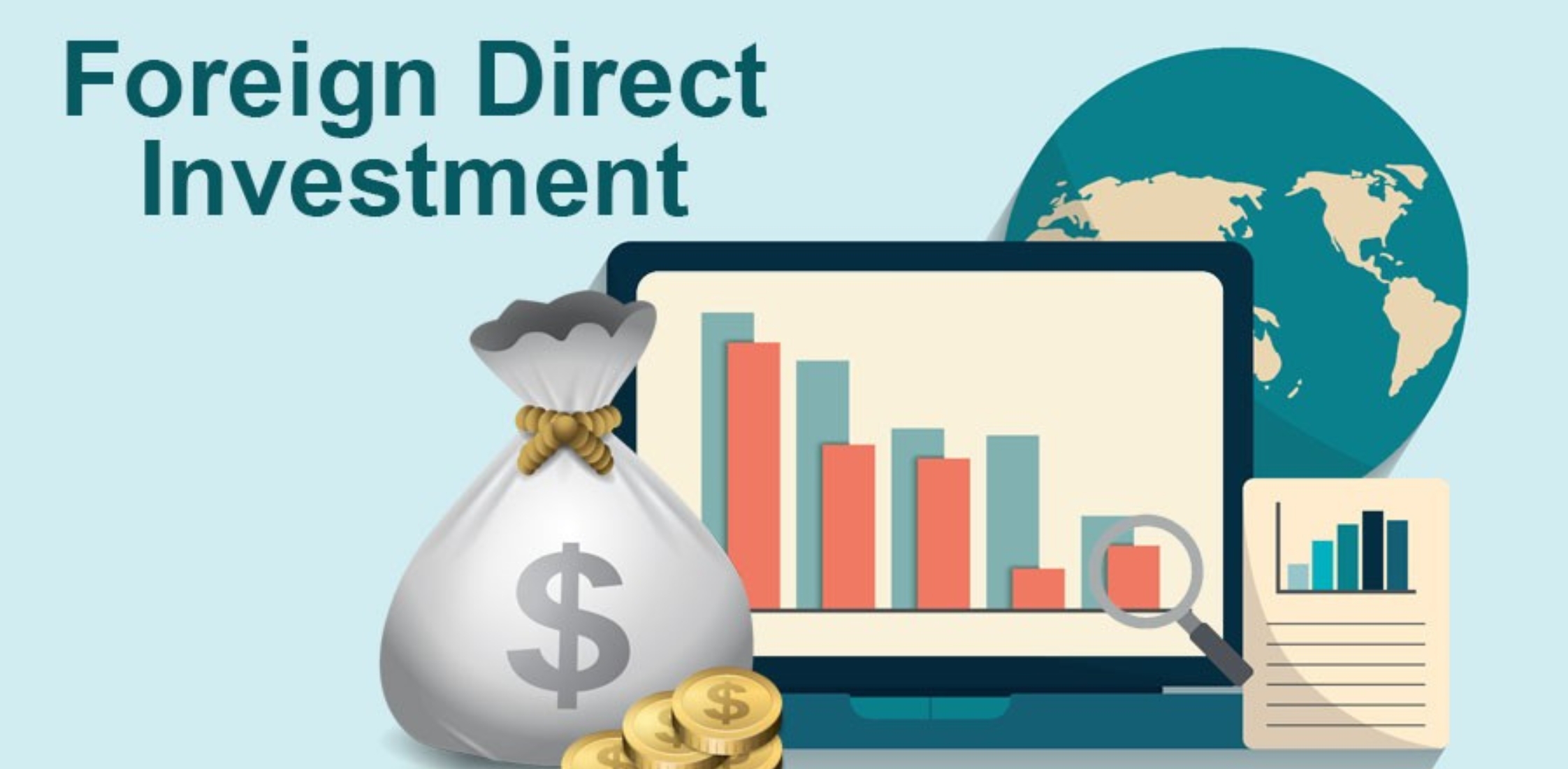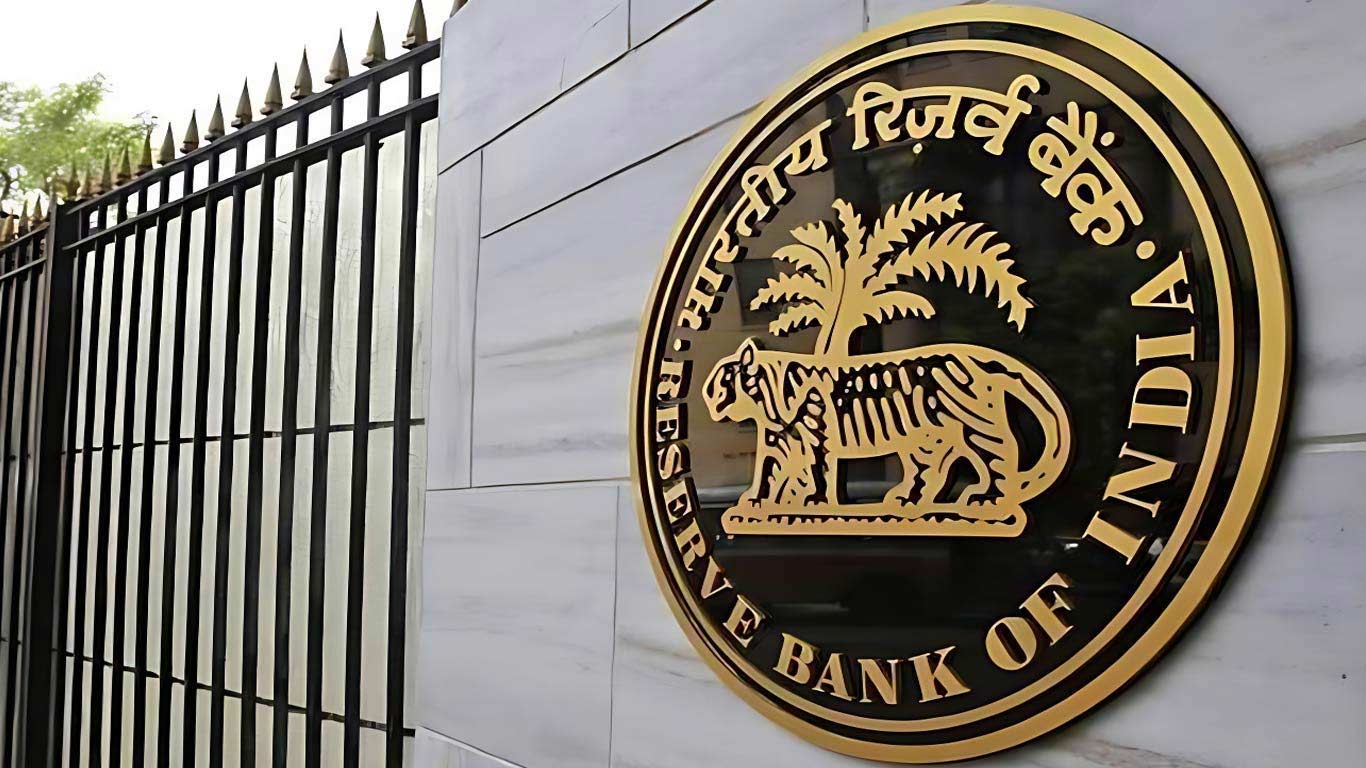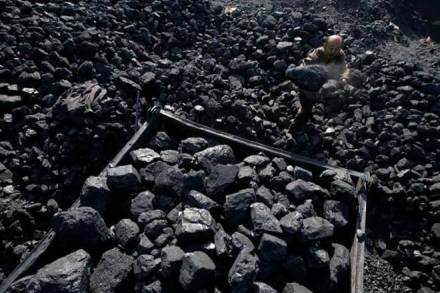Gold prices surge Rs 200 today, silver rates fall
Wed 10 Oct 2018, 18:01:18
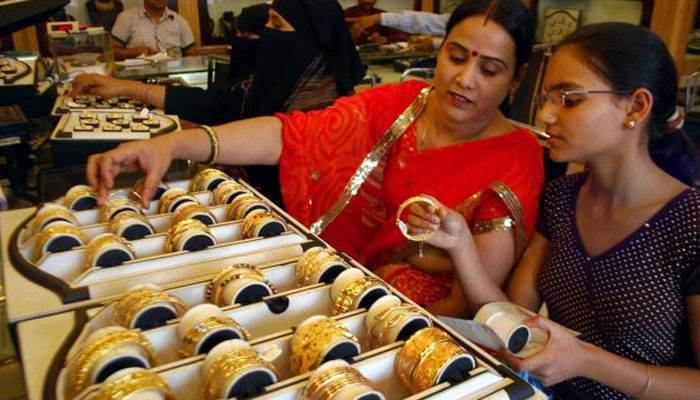
New Delhi: Gold prices surged Rs 200 to Rs 31,850 per 10 grams amid rising demand from local jewellers following beginning of auspicious week of ‘Navratri’. However, global gold rates were steady in a narrow range as the dollar pulled back from a seven-week peak. In Delhi, gold prices of 99.9% and 99.5% purity surged by Rs 200 each to Rs 31,850 and Rs 31,700 per 10 grams, respectively. The precious metal had lost Rs 250 in the last two session. Sovereign gold remained steady at Rs 24,600 per piece of eight grams on little doing.
On the other hand, silver rates fell Rs 50 to Rs 39,200 per kg due to slowing demand from industrial units and coin makers. Silver ready fell by Rs 50 to trade at Rs 39,200 per kg, while weekly-based delivery declined Rs 85 to Rs 38,650 per kg. Silver coins continued to be traded at previous level of Rs 73,000 for buying and Rs 74,000 for selling of 100 pieces.
In global markets, spot gold rate was little changed at $1,189.35 an ounce as of 1pm, moving largely within a slim $4 range during the session. US gold futures rose 0.1% to $1,192.60 an
ounce. Spot silver prices rose 0.2% to $14.39.
ounce. Spot silver prices rose 0.2% to $14.39.
“We are seeing some gentle bids come in (for gold)... I think this is due to dollar bulls not running wild, and a bit of equity markets uncertainty,” said Stephen Innes, APAC trading head at OANDA in Singapore. “If equities spiral aggressively, I think gold will be in demand,” he said, adding that movements in the dollar would, however, continue to be the primary trigger.
The rupee strengthened marginally against the US dollar, tracking gains in Asian peers. At 3.04pm, the rupee was trading at 74.25 a dollar, up 0.17% from its Tuesday’s close. The dollar index, which measures the greenback against six major currencies, was little changed at 95.695.
Asian shares staged a mild rebound after world stocks hit eight-week lows the previous day on worries about global economic growth. Meanwhile, US President Donald Trump on Tuesday again criticized the Fed, telling reporters the central bank is going too fast in raising rates when inflation is minimal and government data points to a strong economy.
No Comments For This Post, Be first to write a Comment.
Most viewed from Business
AIMIM News
Delhi Assembly polls: Owaisi leads Padyatra in Okhla
Feb 01, 2025
We reject this Waqf Amendment Bill: Asaduddin Owaisi
Jan 30, 2025
Latest Urdu News
Most Viewed
May 26, 2020
Which political party will win the Delhi Assembly polls to be held on Feb 5?
Latest Videos View All
Like Us
Home
About Us
Advertise With Us
All Polls
Epaper Archives
Privacy Policy
Contact Us
Download Etemaad App
© 2025 Etemaad Daily News, All Rights Reserved.

